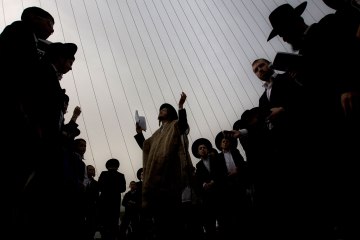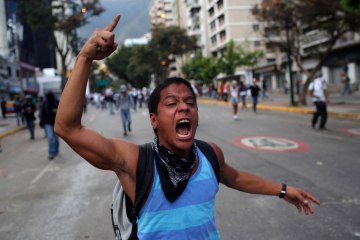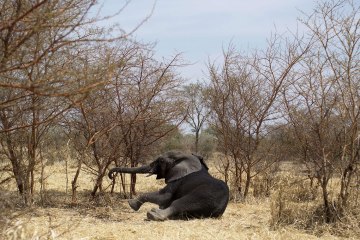In the 1960s and ’70s, the traditional dokar, or horse cart, was one of the main transportation modes in the city of Denpasar, on the island of Bali, in Indonesia. Over the years, as Bali has transformed into a tourist mecca, the dokar has seen a massive decline in business, to the point of virtual extinction.
Before 2002, more than 200 dokar were working in the Denpasar region, but today, only a handful remain, with numbers now standing at roughly 17. The city’s uncontrolled population growth has turned it into the most populated region on the island, and chronic traffic jams make it difficult for the dokar to work effectively. Cheaper motorcycles have also made the dokar obsolete, and parking spaces that were reserved for dokar in the past are being overrun by motorcycle parking.
Many kusir, or horse-cart drivers, have driven dokar all their lives as a family tradition, passed down from father to son. Given the challenges they face today, some kusir choose to look for work in areas like construction or to move their dokar trade to the tourist-heavy Kuta area. For Nyoman Manik Mantra, a 55-year-old kusir who works in Badung Market, an ordinary workday starts at 2:30 a.m. and finishes around 8 a.m. and will see him take home around $7. With the tourist dollar pushing prices up, he says, it is harder to survive and it’s a lot of work for not much money. Both his sons work with him driving dokar, but he’s unsure if it is a profession he would like to see his grandsons continue.






